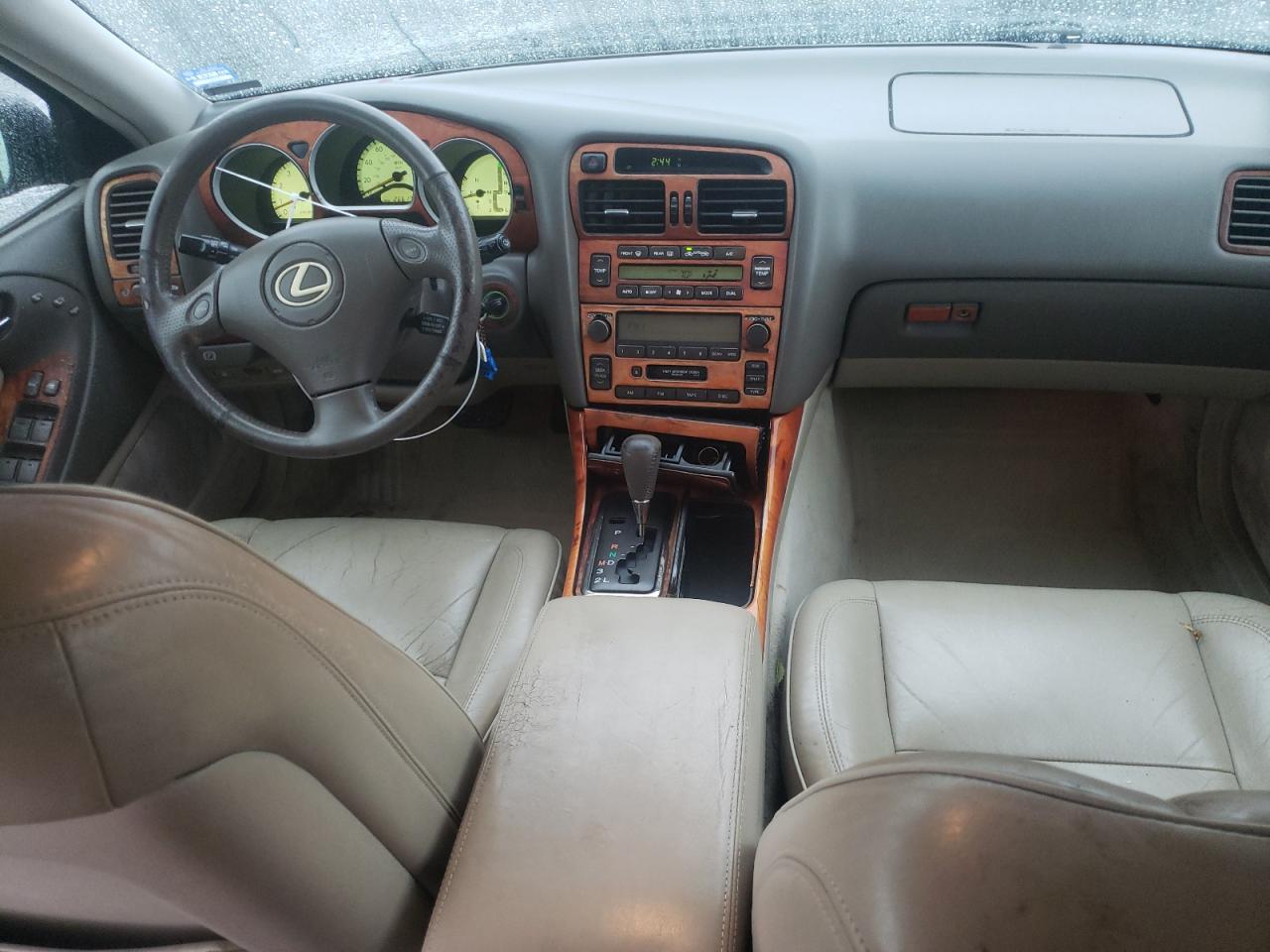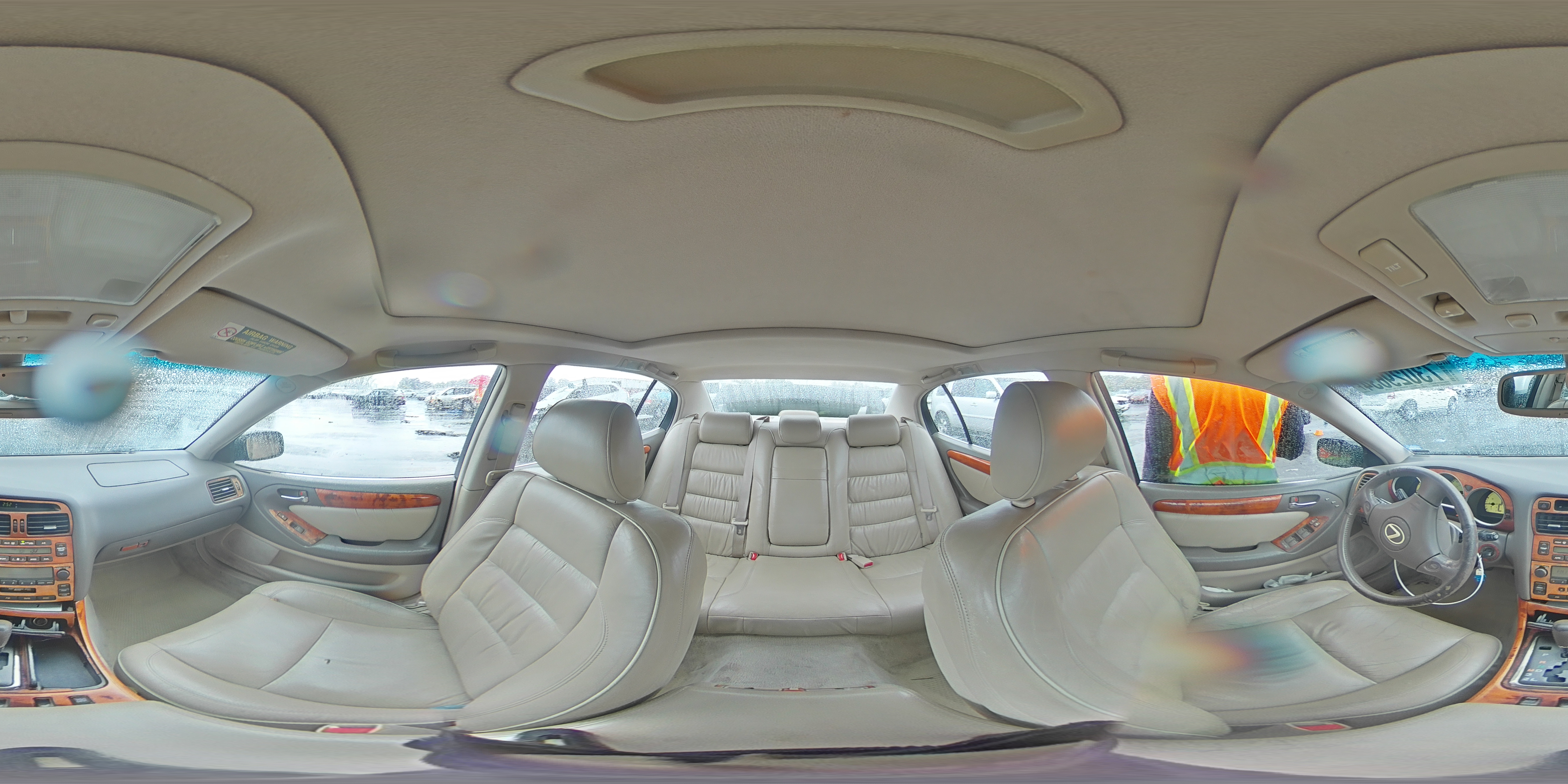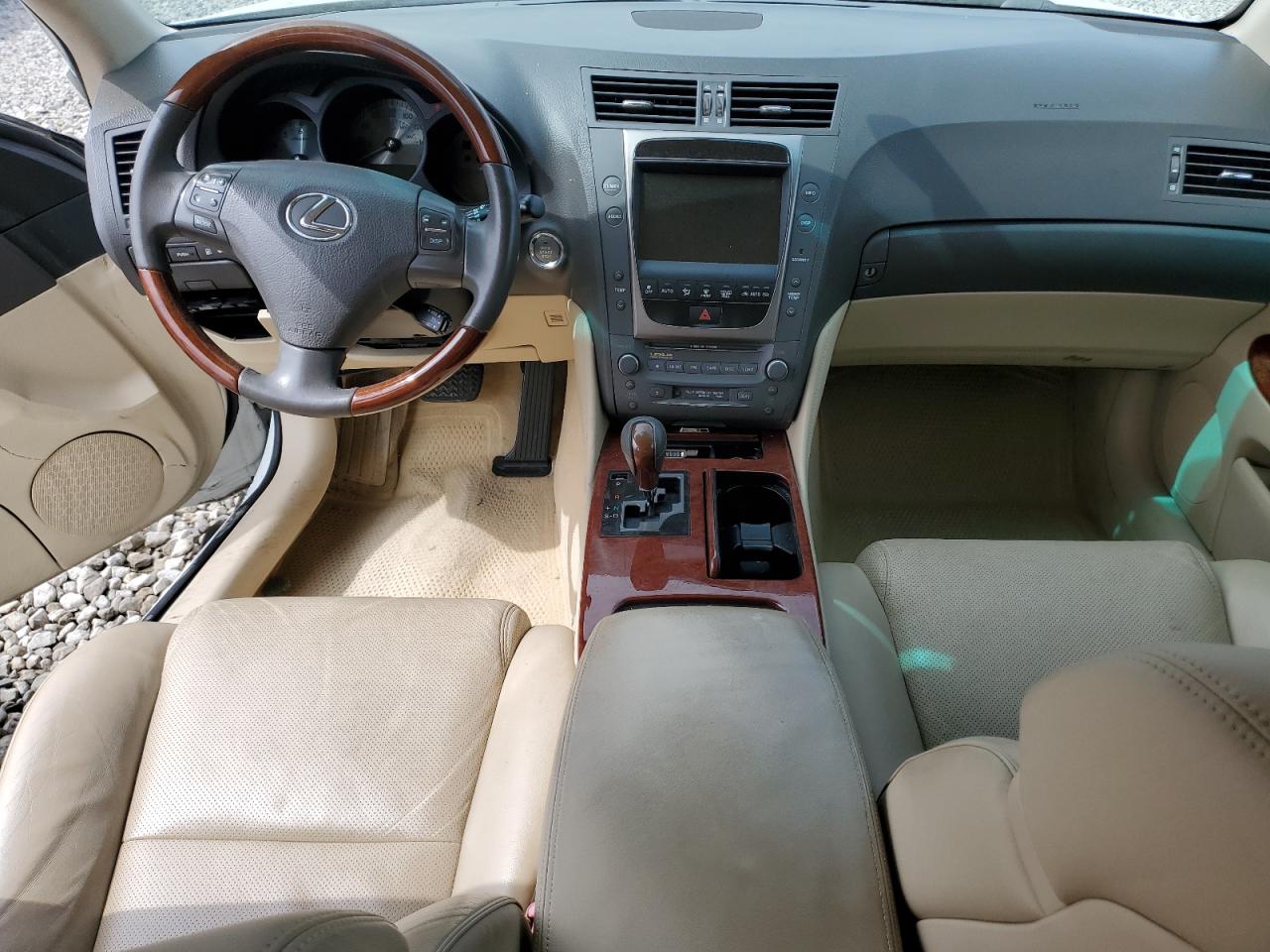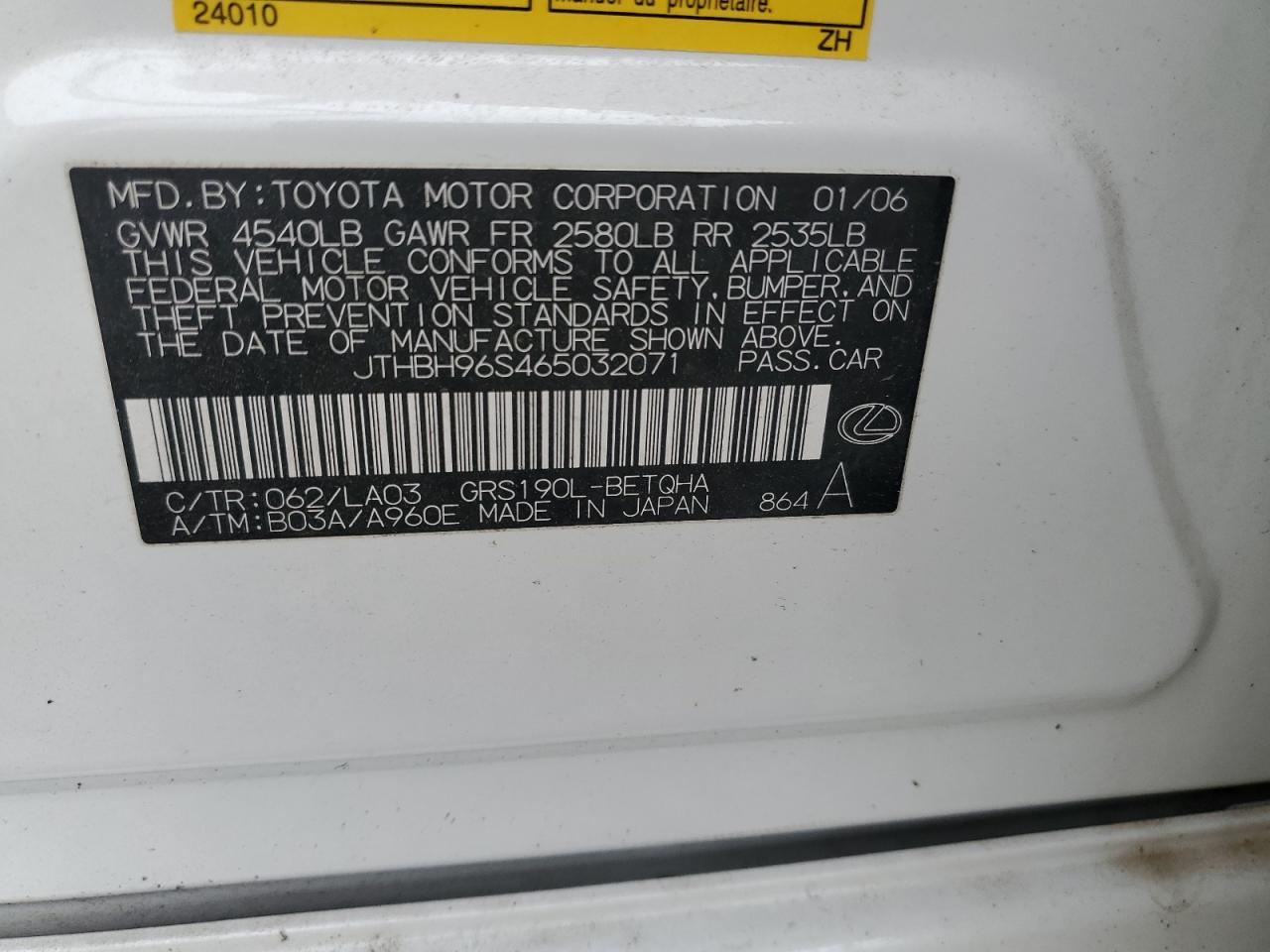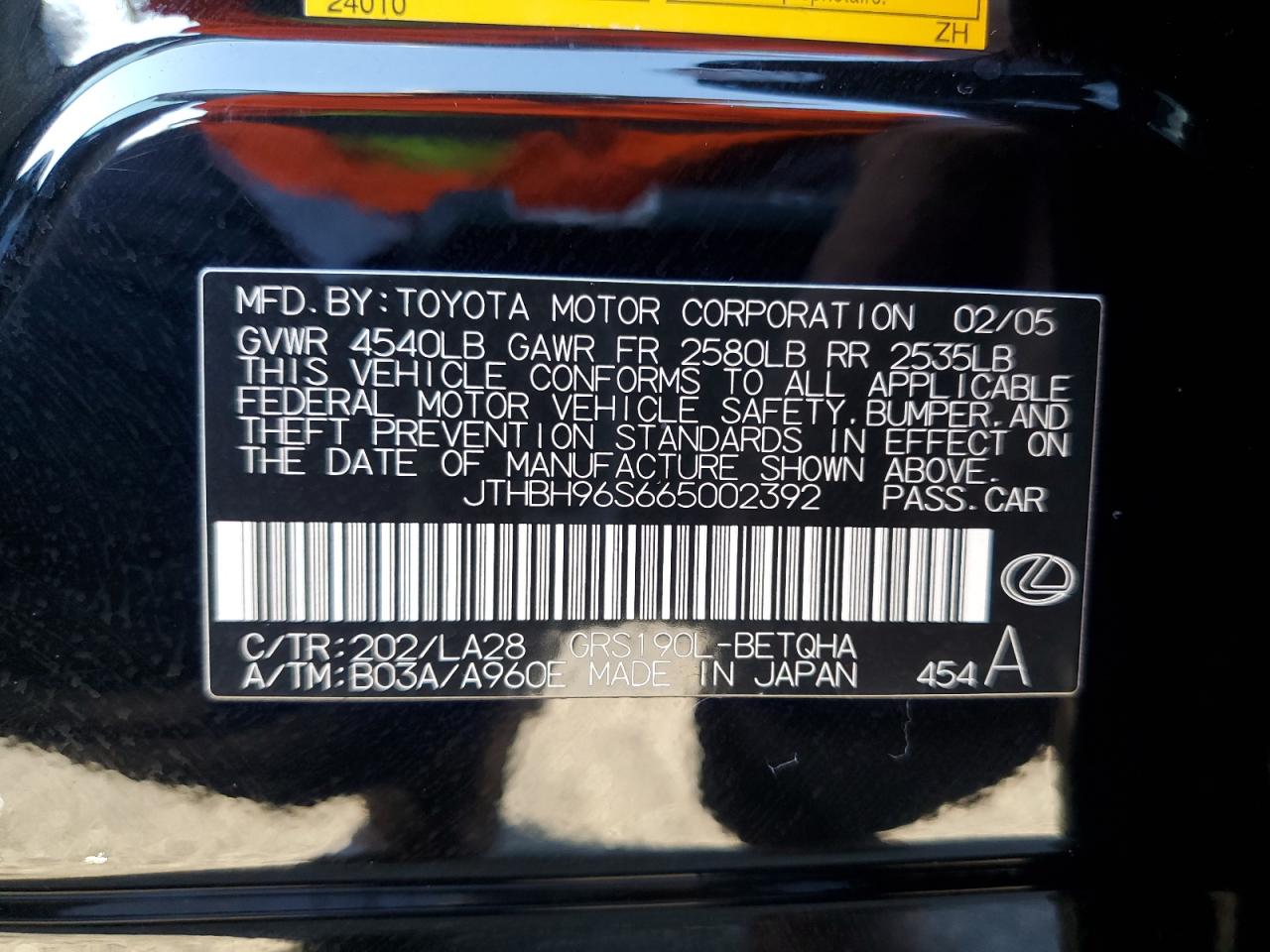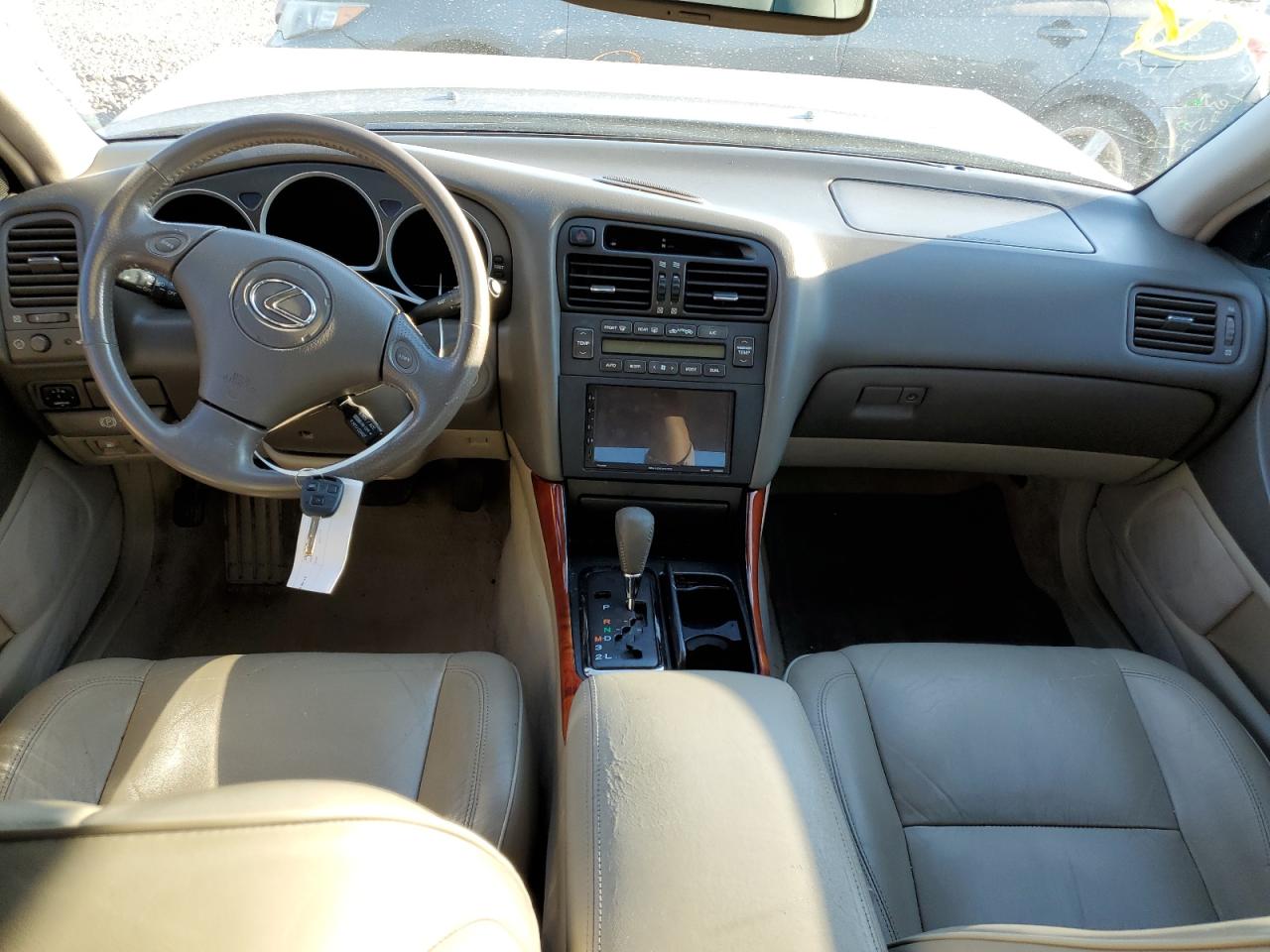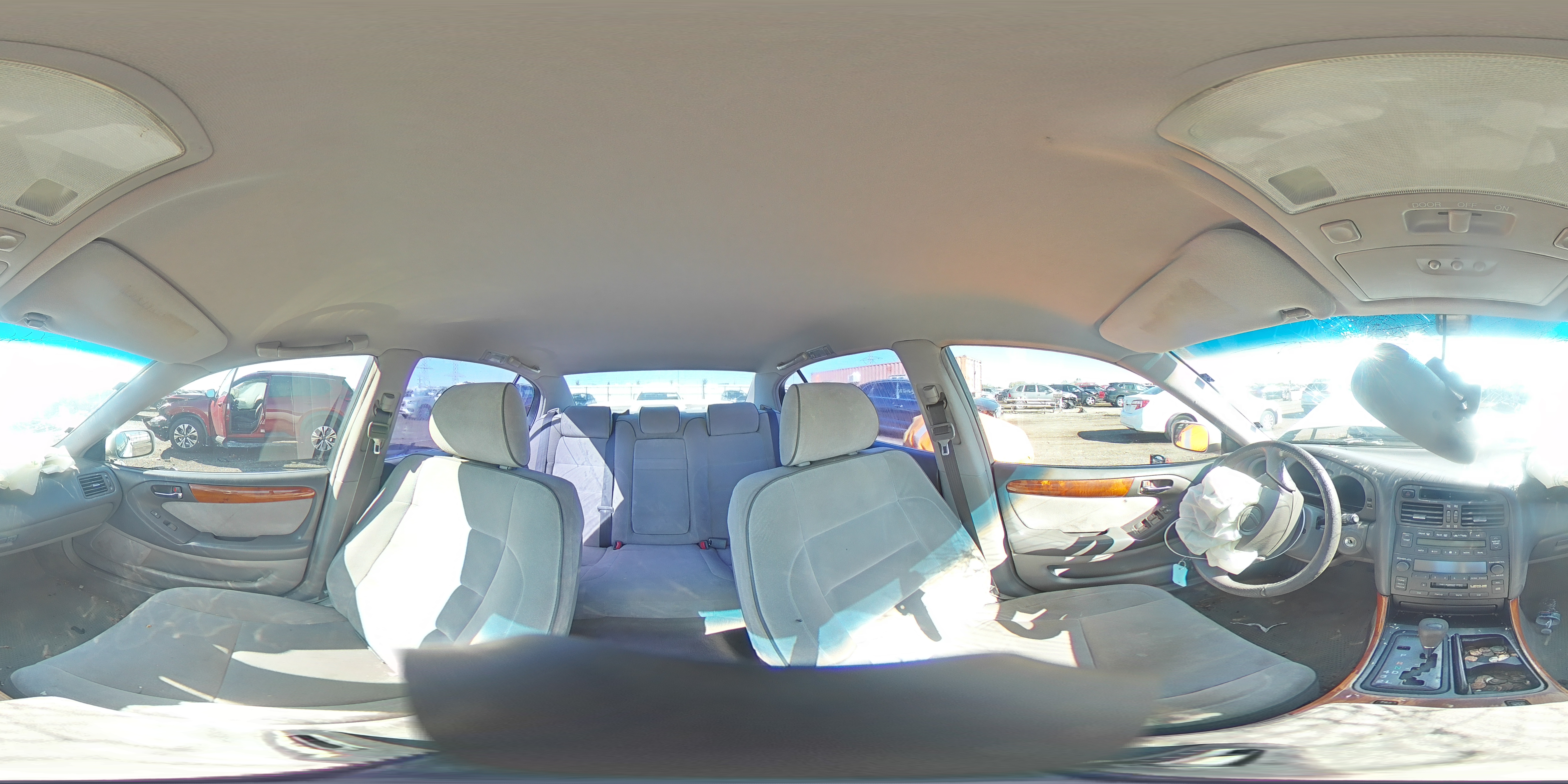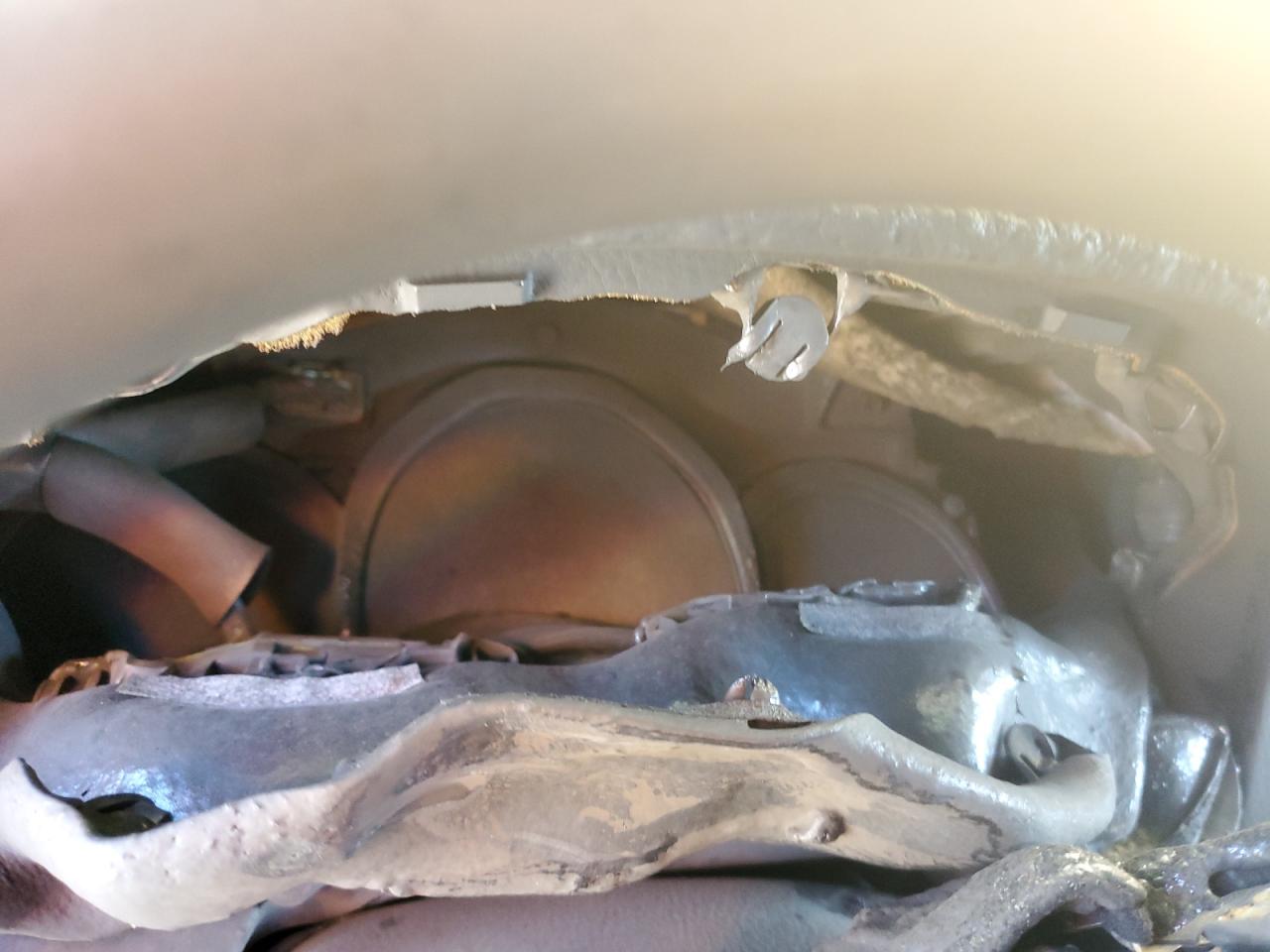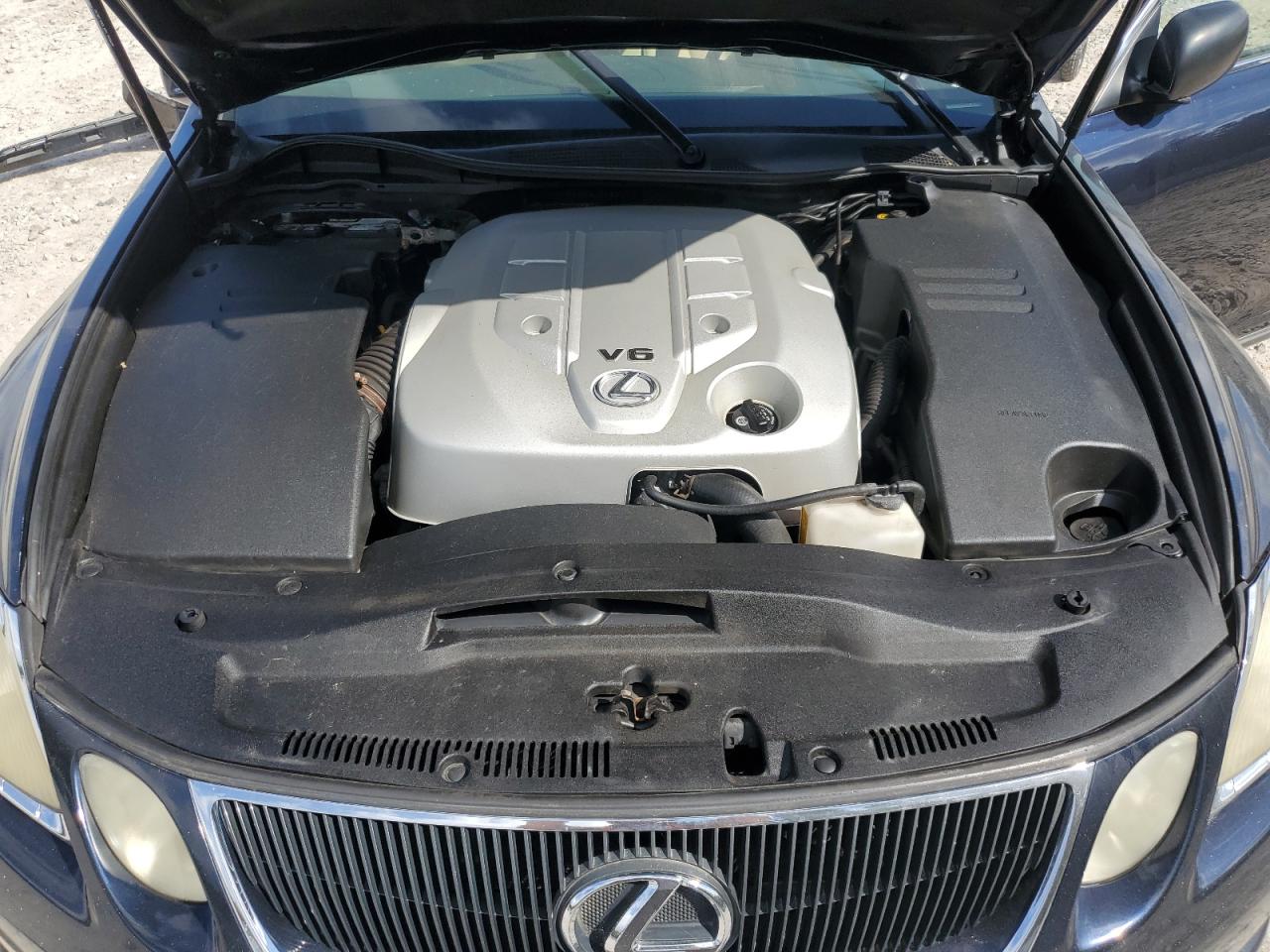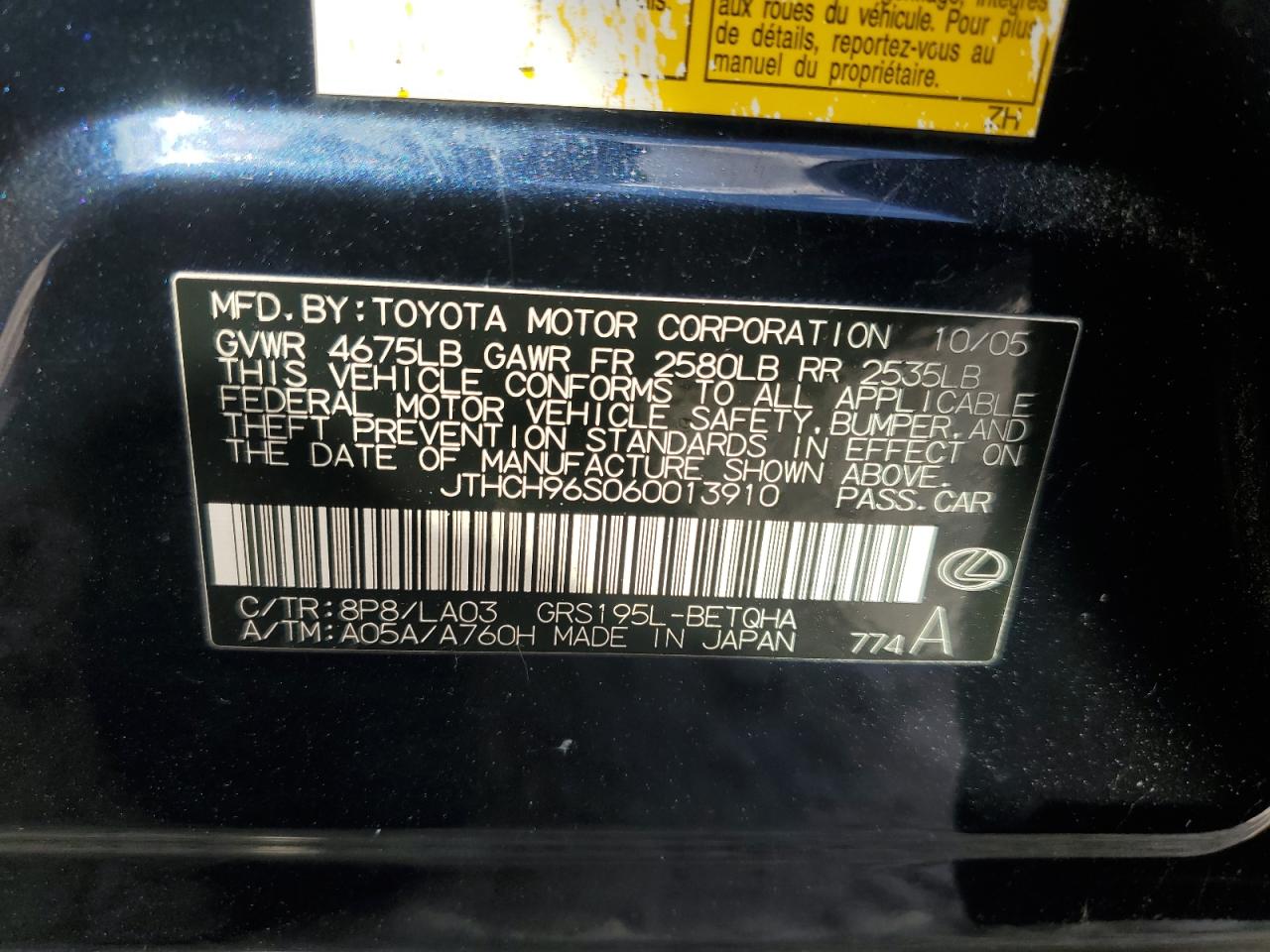Lexus GS 300 (153)
2006 Lexus Gs 300
2001 Lexus Gs 300
2002 Lexus Gs 300
2006 Lexus Gs 300
2006 Lexus Gs 300
2006 Lexus Gs 300
2006 Lexus Gs 300
Brand
 Lexus
Lexus
Model
GS 300
Auction number
40570861
Odometer
116842 km.
Sale date
15.10.2024 14:30
Auction platform
iaai.com
Bid: 50 $
Open
2000 Lexus Gs 300
2006 Lexus Gs 300
2000 Lexus Gs 300
2001 Lexus Gs 300
Bid: 225 $
Open
2006 Lexus Gs 300
Brand
 Lexus
Lexus
Model
GS 300
Auction number
69692694
Sale date
15.10.2024 01:00
Auction platform
copart.com
Bid: 125 $
Open
2006 Lexus Gs 300
2006 Lexus Gs 300
The Lexus GS 300 is a mid-size executive sedan that has become a symbol of luxury and innovation. First introduced in 1993, the car quickly gained popularity thanks to its combination of high technology, comfort and performance. Designed to compete with European premium brands, the Lexus GS 300 paved the way for the Japanese brand to succeed in the global market.
The history of the Lexus GS 300 includes several generations, each of which brought something new and improved. In this article, we will look at the main stages of the model's evolution, starting with the first generation and ending with the latest releases. We will also discuss the various modifications of the car, available color solutions, and estimate how many cars were sold over the years of production. Particular attention will be paid to the most successful and problematic models, which will help potential buyers make an informed choice.
Throughout the years of production, the Lexus GS 300 has been repeatedly restyled and updated, which allowed it to remain relevant and in demand. An important part of the model's history are modifications that include various engine options, safety and comfort systems, as well as optional packages. This allows each buyer to choose a car according to their needs and preferences.
In this article, we will also look at the sales statistics of the Lexus GS 300 in different markets to determine which versions and years of production were the most successful. We will not ignore the problematic models that caused complaints from owners and experts. Such a detailed analysis will help to understand what explains the popularity of this model and what lessons have been learned from the experience of past years.
Lexus GS 300: Model History
The Lexus GS 300, first introduced in 1993, was a milestone in the history of the Japanese automaker. Designed to compete with European premium sedans such as the BMW 5 Series and Mercedes-Benz E-Class, the GS 300 combined luxury and performance, which has become a Lexus hallmark.
The model quickly gained popularity due to its comfort, reliability and high level of equipment. Throughout its history, the GS 300 has undergone several significant changes, which allowed it to remain competitive and attractive to buyers.
Modifications and Years of Production
The Lexus GS 300 has gone through four generations, each bringing significant updates and improvements:
- First generation (1993-1997): Equipped with a 3.0-liter inline six-cylinder engine producing 226 hp. It was distinguished by its stylish design and high level of comfort.
- Second generation (1998-2005): Updated appearance, improved performance and new safety features. Engine power increased to 228 hp.
- Third generation (2005-2011): Introduction of a new platform, modern interior and exterior design, and innovative technologies. Engine power increased to 245 hp.
- Fourth generation (2012-2020): Significant improvements in handling and performance, an updated 3.5-liter V6 engine producing 306 hp and new hybrid versions.
Colors and Sales
The Lexus GS 300 was offered in a variety of colors, including classic shades of black, white and silver, as well as brighter colors such as blue and red. The variability of color solutions allowed each buyer to choose a car to their taste.
Over the years of production, a significant number of GS 300 cars were sold around the world. The model gained the greatest popularity in the US market, where the majority of copies were sold. The success of the model is due to the combination of quality, luxury and reliability, which have become the hallmark of the Lexus brand.
The Most Successful and Problematic Models
- Most successful: The most successful models were the second and fourth generations, which received high marks for innovation, performance and comfort.
- Problematic Models: Some problems were observed with the third generation models, especially in the early years of production, including issues with electronics and suspension.
The history of the Lexus GS 300 demonstrates a constant pursuit of excellence and customer satisfaction. For decades, this model has remained one of the most significant and respected in its class.
GS 300 Modifications: Development and Innovation
The Lexus GS 300 was introduced in 1993 and quickly gained popularity due to its combination of elegant design, comfort and high technical characteristics. Over the years of production, the car has undergone many changes and improvements, which allowed it to remain competitive in the premium sedan market.
Each new generation of GS 300 brought fresh technological solutions and upgraded features that were in line with the times. It is important to note that Toyota, the parent company of Lexus, has always strived to improve its models by introducing advanced technologies and innovative developments.
Evolution of Modifications
- First generation (1993-1997) : The debut of the model. It was equipped with a 3.0-liter six-cylinder engine producing 227 horsepower. The car was developed in collaboration with Italian designer Giorgetto Giugiaro, which gave it a unique style.
- Second generation (1998-2005) : Improved aerodynamics and updated interior. This version introduced VVT-i (Variable Valve Timing with intelligence), which improved engine performance and economy.
- Third generation (2006-2011) : Significant design and technology updates. Adaptive headlights, dynamic stability control, and an improved Mark Levinson audio system appeared.
- Fourth generation (2012-2020) : Introduction of the GS 450h hybrid version, which offered improved fuel efficiency. The model also received an updated infotainment system with a 12.3-inch screen.
Each generation of the Lexus GS 300 not only adapted to the demands of the time, but also outpaced them, offering innovative solutions that became the benchmark for competitors. For example, the third generation introduced a chassis control system that significantly improved the car's handling at high speeds.
In its fourth generation, the Lexus GS 300 reached the pinnacle of its evolution, offering hybrid technologies that significantly reduced fuel consumption without sacrificing power. This model has become one of the most popular among buyers due to its balance between performance and environmental friendliness.
Available Colors and Years of GS 300
The Lexus GS 300 first hit the market in 1993 and has undergone several updates since then. Each generation has offered a variety of colors, allowing owners to choose a car that suits their personal style and preferences.
Over the years, Lexus has offered a wide range of colors for the GS 300, including both classic and unique shades. These colors have been carefully selected to highlight the car's elegant and sporty design.
Lexus GS 300 Color Palette
Below is a list of available colors for the different generations of the Lexus GS 300:
- First generation (1993-1997): Onyx Black, Diamond White, Renaissance Red, Platinum Silver.
- Second generation (1998-2005): Royal Sapphire Blue, Jade Green, Millennium Silver, Crystal White.
- Third generation (2006-2011): Mercury Blue, Smoky Granite Gray, Matador Red, Starfire White.
- Fourth generation (2012-2020): Deep Sea Blue, Nebula Silver, Obsidian Black, Ultra White.
Each generation offered its own range of colours, which could vary slightly depending on the year of production and the market.
Years of ReleaseColors
1993-1997 | Black Onyx, White Diamond, Red Renaissance, Silver Platinum
1998-2005 | Blue Royal Sapphire, Green Jade, Silver Millennium, White Crystal
2006-2011 | Mercury Blue, Smoky Granite Gray, Matador Red, Starfire White
2012-2020 | Deep Sea Blue, Nebula Silver, Obsidian Black, Ultra White
1993-1997 | Black Onyx, White Diamond, Red Renaissance, Silver Platinum
1998-2005 | Blue Royal Sapphire, Green Jade, Silver Millennium, White Crystal
2006-2011 | Mercury Blue, Smoky Granite Gray, Matador Red, Starfire White
2012-2020 | Deep Sea Blue, Nebula Silver, Obsidian Black, Ultra White
Thus, the Lexus GS 300 has provided many color options throughout its existence, satisfying the tastes of the most demanding customers. These colors not only gave the car aesthetic appeal, but also emphasized its status and quality.
Lexus Sales: Successful and Problematic Models
During its existence, the Lexus GS 300 model range has gone through several stages of development, which affected both sales and the reputation of the model. Owner reviews, as well as sales statistics, made it possible to identify the most successful and problematic versions of this model.
In this section, we'll look at which Lexus GS 300 models have been the most popular among buyers, and which have faced the most challenges, including technical issues and low sales.
Successful Models
- First generation (1991-1997) : This version started a successful line. Its reliability and style made it popular in its early stages.
- Third generation (2005-2011) : The introduction of the GS 450h hybrid version attracted the attention of buyers interested in fuel economy and ecology. This period is considered the peak of sales.
- Fourth generation (2012-2019) : The GS 350 and the sporty GS F version became favorites thanks to improved performance and design.
Problematic Models
- Second generation (1997-2005) : Despite high expectations, this version suffered from electronic and build quality issues, which negatively affected sales.
- 2008-2009 period : The economic crisis significantly affected the luxury car market, including the Lexus GS 300. The decline in purchasing power led to a drop in sales.

























